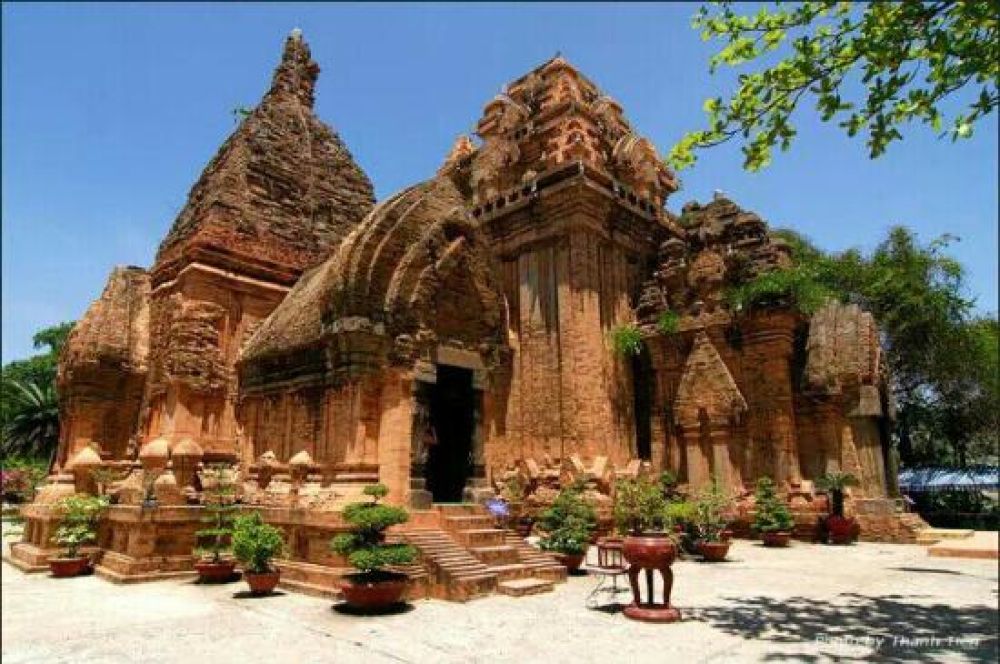

Nestled on a hill just outside of Nha Trang, Vietnam, the Po Nagar Cham Towers are a testament to the architectural ingenuity and spiritual devotion of the Cham civilization that once thrived in the region. The site, with origins dating back to as early as the 7th century, has not only been a continuous place of worship but also a dynamic tourist attraction for those looking to explore Vietnam's rich cultural legacy.
Tourism at the Po Nagar Cham Towers has evolved significantly over the years. Initially visited by scholars and historians interested in the Cham culture, the towers began to draw global attention with the advent of broader travel opportunities in the 20th century. With Vietnam's economic liberalization and the open-door policy starting from the 1980s, there was a marked increase in international tourism, which brought more people to the marvel at the historical site.
The site itself comprises a series of stone and brick towers, each dedicated to different deities, with the largest tower standing at 25 meters tall and dedicated to Po Nagar, the goddess of the country. It's this combination of history, architecture, and spirituality that makes the towers a compelling visit for tourists.
As the number of visitors increased, so did the infrastructure of Nha Trang. The once sleepy coastal town transformed with hotels, restaurants, and entertainment options. Accessibility to Po Nagar Cham Towers improved, with organized tours and transportation options becoming available. Preservation efforts also intensified, ensuring that the towers are conserved for future generations while allowing tourists to explore them safely.
Today, visitors to the Po Nagar Cham Towers are part of a larger trend of cultural and educational tourism, where travelers seek out destinations with historical significance and learning opportunities. Experiential travel is on the rise, with tourists wanting to engage with the local culture and history in a more meaningful way. As a result, tours of the towers often include knowledgeable guides who provide in-depth explanations of Cham culture, the history of the site, and its relevance to Vietnamese heritage.
There is also a growing interest in sustainable tourism practices, with visitors and tour operators alike being more cognizant of the impact they have on historical sites. Efforts to minimize this impact at the Po Nagar Cham Towers include restrictions on the number of visitors allowed at one time and the encouragement of respectful visitor behavior.
The enduring appeal of the Po Nagar Cham Towers continues to contribute to Nha Trang's status as a must-visit destination in Vietnam. The combination of stunning coastal scenery, vibrant marine life, and the historical charm of the Cham towers ensures that tourists will continue to flock to this unique city. For history enthusiasts, architecture buffs, and those looking to deepen their understanding of ancient cultures, the Po Nagar Cham Towers remain an essential experience when visiting Vietnam.